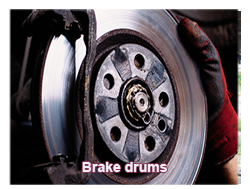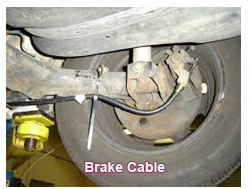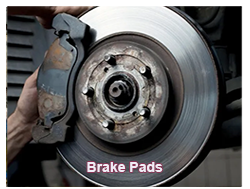
ACTIVE BRAKING TIME: Denotes the length of time a vehicle takes to come to a complete stop after the brakes are applied.
Denotes the length of time a vehicle takes to come to a complete stop after the brakes are applied.
 Describes the type of solvent designed exclusively for cleaning brake system components.
BRAKE TEST: Describes a testing procedure that determines the efficiency of a vehicle's brakes to pass safety tests.
Describes the type of solvent designed exclusively for cleaning brake system components.
BRAKE TEST: Describes a testing procedure that determines the efficiency of a vehicle's brakes to pass safety tests.
UB5


